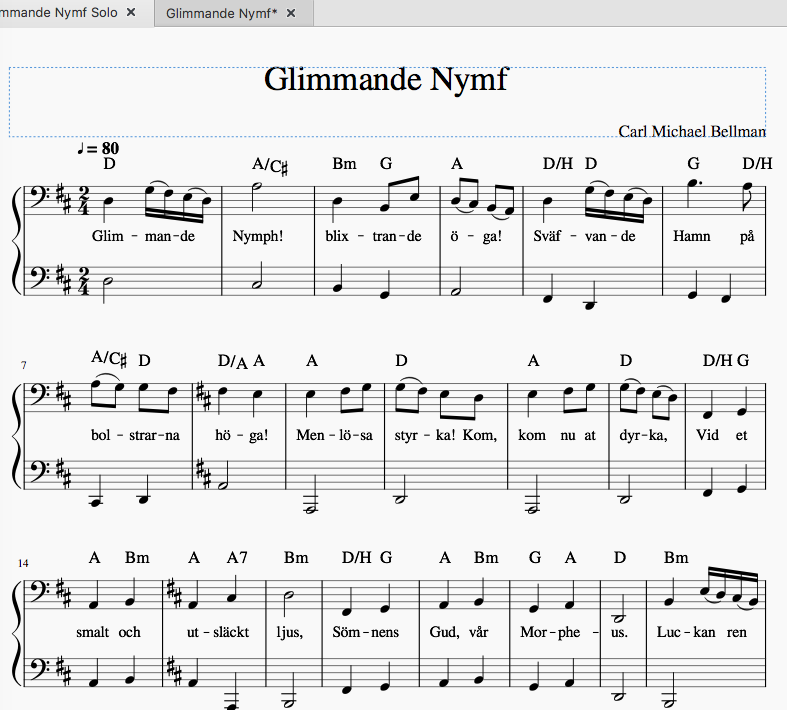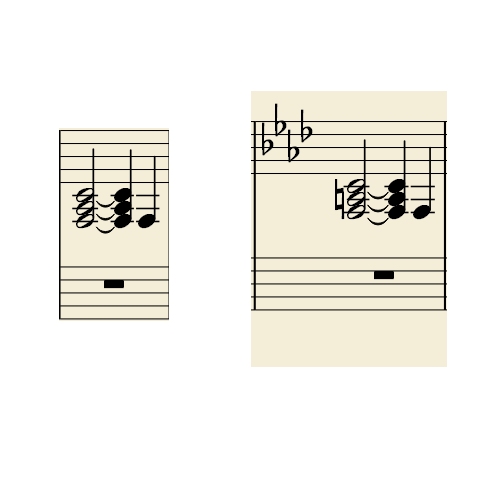

There’s more detailed information on that here. Starting out, however, just focus on transposing in the clef you’re most comfortable reading. Note that a pitch may sound an octave lower or higher than the original depending on your instrument and you also may find you’ll need to change clefs.

Print out our piano guide cheat sheet to visualize whole and half steps between notes.
If you need help counting out the steps, following the whole and half steps on a keyboard can be helpful. You’ll need to move down 1.5 steps to transpose your piece for an E-flat instrument, thus your new key is F Major. Your concert-pitch melody is scored in the key of A-flat Major. You may also use this chart as a guide when transposing individual notes on your sheet music.Įxample: Transposing a melody to alto saxophone (an E-flat instrument). Likewise, G Major would transpose to A Major, B-flat Major to C Major, and so on. Our key of C Major transposes to a key of D Major. Move the key up one whole step (or whole tone). Below is a handy guide and two examples that show how many steps (or half steps) we must move each note from our original score to our new, transposed score.Įxample: Transposing from a C instrument to a B-flat instrument. Now that we’ve pinpointed our original key signature, we can identify how far up or down in tone we’ll need to transpose for our new instrument to sound the same as our original concert pitch. In order for that piece to sound the same on a flute and clarinet, we’ll need to transpose each of the notes by the correct interval (the distance between the notes). However, if you play that same pitch of C on your clarinet, that C actually will sound like a B-flat in concert pitch because the clarinet is a transposing instrument. Remember the line “if it sees a C, it sounds its key.” A C pitch played on the flute or piano will actually sound like a C because they are concert pitch instruments. Say you have a piece of sheet music written for a flute (a C instrument/concert pitch instrument) and you need to play it on the clarinet (a B-flat instrument/transposition instrument). The Circle of Fifths provides an at-a-glance look at key signatures based on the number of sharps or flats. The basic process of transposition is the same for either use. Because of the physical properties of certain instruments, it’s easier to transpose and read sheet music for them in a different key rather than read them in concert pitch (like a piano). Other times, we’ll decide to transpose the key of a piece to make it simpler to play or in a more comfortable range to sing. Any major key can be transposed into any other major key, and the same goes for minor keys. Sometimes we’ll need to transpose music so that it can properly be played on different instruments. 

MUSESCORE CHANGE KEY SIGNATURE HOW TO
Learning how to transpose music will help you better understand the theory behind what creates all those emotive, provoking sounds of a song. However, if you’re playing from a non-digital file, or as a beginner musician, it’s important to know the process of changing the key of a piece of music. Many musicians already know how easy it is to transpose Musicnotes sheet music into any key they want with a simple click of a mouse.








 0 kommentar(er)
0 kommentar(er)
